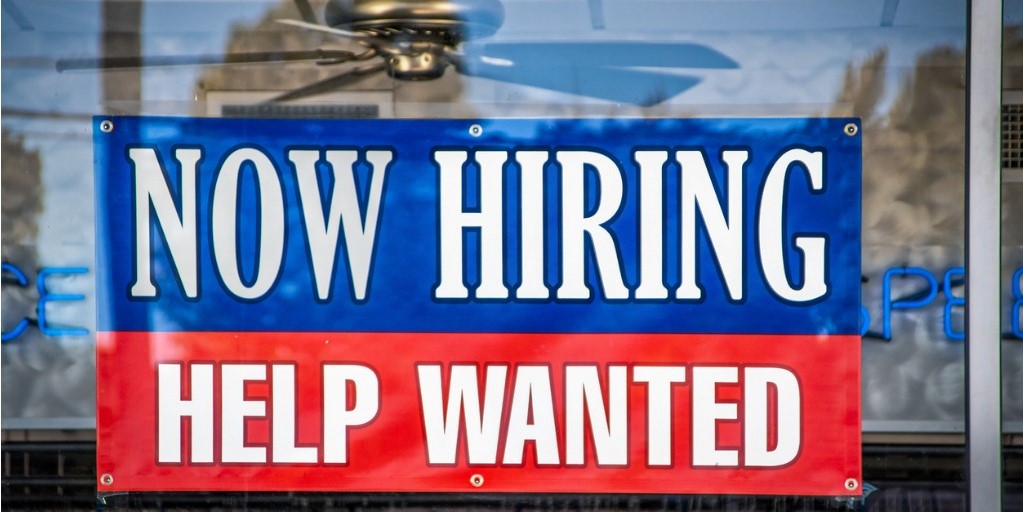
Cooler Labor Numbers, But Likely Still Hot Enough to Continue Rate Hikes
April 10, 2023
 By Morgan Altman
By Morgan Altman
Securities AnalystDespite the waves of layoffs in the technology and financial sectors, March unemployment came in at 3.5% on Friday. This number is down from 3.6% in February, but remains near the 53-year low in January of 3.4%. In addition, for the first time since June 2021, job openings fell below ten million. There are currently 1.7 jobs available for every available worker. While the labor market may be cooling a bit, it remains strong.


Employment Numbers and Rate Hikes
The Fed has a dual mandate – full employment and price stability. Achieving these goals dictates its rate decisions. Over the past year, the Fed has aggressively been trying to combat inflation by raising rates, which helps slow investments and spending. The Fed also wants to see hiring slow down and job openings fall in order to slow spending. When the number of job openings is high, there is room for workers to switch to better paying jobs. Consequently, this has the can increase inflation. Because of this, the Fed keeps a close eye on employment data.
There is no consensus among economists on what defines a “full” unemployment rate, but most agree it falls between 3% and 5% – a range today’s rate falls into. If unemployment is too high, this causes stress on households and decreases consumer spending. Most agree that low unemployment is positive because it indicates a strong economy.
The Challenges of Low Unemployment
On the flip side, can unemployment be too low? In short, the answer is yes. There are three main ways low unemployment affects the economy: through productivity, discouraged workers, and recruitment. Low unemployment typically results in lost productivity, which does not optimize resources. An unemployment rate that is too low has a larger impact on workers who are not included in the headline unemployment rate. When unemployment is low, it becomes harder to find jobs. This can lead to employees being overqualified for their positions, or “underemployed,” which is not an ideal situation for businesses or the economy.
Low unemployment rates can also lead to more jobless workers who fall into the “discouraged worker” bucket. A discouraged worker is someone who is of legal employment age and is not actively seeking employment but prefers to be working. Those who fall into this bucket have given up looking, thus the term “discouraged.”
In a low unemployment environment, recruiting and retaining employees becomes difficult for businesses. With fewer people looking for jobs, employers have a smaller pool of candidates applying for open positions, giving employees power to choose.
Following last week’s unemployment data, more economists agree that the Fed still has more work to do, increasing the likelihood that we will see a rate hike in May.
Unemployment is an important factor in the economy and for the Fed’s decision-making process. Don’t hesitate to reach out to your Wealth Management Advisor today if you have any questions or concerns. Your success matters to us!